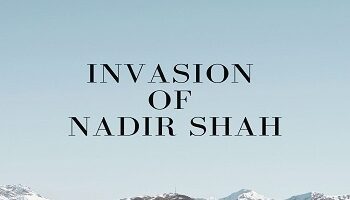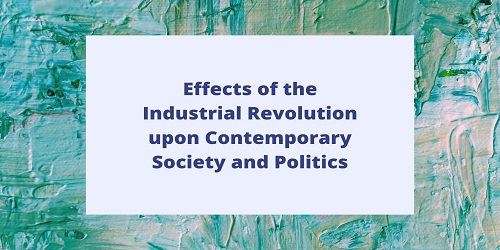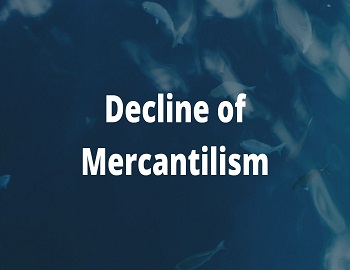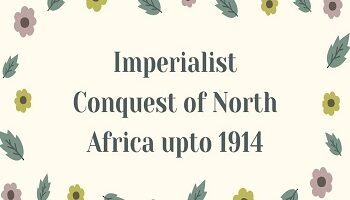Social and Economic Conditions Under the Delhi Sultans:
Social Conditions- For the period of the Sultanate we have no record but have to depend on accounts of court poets and Muslim historians, who were lavish in their flattery. Ibn Batuta a traveller writes with commendable frankness showing clearly that antagonism between rulers and the ruled was the dominant factor in the social life of that age.
The Muslims in general regarded themselves as superior to the Hindus, who were treated with contempt for their idolatry. High-class Muslims kept aloof and there was not much of a social intercourse between the Hindus and the Muslims. Even among the Muslims, the ruling class who belonged to the Sunni sect treated the Shias with contempt. The Kings never appointed any but men of noble birth to high offices. The nobility was by no means a homogeneous class. Among the nobles, the Turks predominated, and there were also Arabs, Afghans, Abyssinians, Egyptians, and some Persians besides Indians. The very composition of the nobility was such that there could have been no unity. Therefore, the nobles failed to exercise a check on the absolutism of the Sultan. The Sultans except Ala-ud-din Khilji and Mohammad-bin-Tughlaq were under the influence of the ‘Ulemas’ who passed the fanaticism of their co-religionists.
Ala-ud-din and the Hindus- Ala-ud-din Khilji followed a policy of deliberately impoverishing the Hindus. The Hindus were treated with distrust and humiliation. They never got an opportunity to grow to their full stature. The rule of the Sultanate extending over three hundred years was a period of moral degradation to the Hindus. The increasing interrelation of the Sultan was seen by the composition of excessive taxes and Jazia on the Hindus. The legends on Coins were first in Nagri. Then Arabic letters were adopted with one or other Indian types. Then purely Muslim types of Coins became universal. Firoz Tughlaq and Sikander Lodi treated Hindus badly.
Position of Women- The liberty of women was much restricted. Firoz Shah forbade their visits to the tombs of holy men outside the capital. The purdah became common among the Muslims and Hindu women. In spite of their seclusion, they were held in esteem. Deval Rani, Rupmati, Padmani, Mira Bai, etc., are outstanding examples of this class. According to Ibn Batuta, a permit from the government was necessary in each case of Sati. The practice of Sati was rare and prevalent among a certain class only. The common people in rival areas lived in amity despite their religious differences and it was hard to distinguish Muslims from Hindus as both adopted the same habits.
Ibn Batuta praises the hospitality of the Hindus, moral offenses were severely punished notwithstanding to social position of the offender. People believed in magic, witchcraft, miracles, etc. The performances of Yogis were witnessed even by the Sultan with great interest. People were superstitious.
Industry and Trade- Balban was the first ruler to organize internal peace and order. Although there were famines agriculture prospered owing to irrigation works. Necessaries of life were generally abundant and quite cheap. Ala-ud-din’s attempt to control prices and ensure cheap living was quite successful at least during his lifetime. After his death prices and wages rose high but there was no deficiency of food grains and fodder. The financial stability of the state was sound. The economy stood well enough even after the disastrous economic experiments of Muhammad-bin-Tughlaq. Things necessary for life were cheap during Firoz Tughlaq’s rule.
The Sultans took pleasure in planting fruit gardens. Sikander Lodi was proud of the pomegranates in Jodhpur which in quality excelled those from Persia. The trade guilds functioned satisfactorily during the period. Interest on the loan was charged ten percent, sometimes rising to twenty percent on small sums. The state gave full encouragement to industry and ran extensive workshops (Karkhanas) of its own. Bengal and Gujarat were famous for their manufacture and export of cotton and other textile goods. Foreign merchants have attested to the honesty of Indian merchants. India’s exports were often paid for in gold. The period between A.D. 1351 and A.D. 1388 was very prosperous. The revenue collected during the period was the highest. The Doab alone gave 85 lakhs ‘tankas’. Economic distress followed only after Timur’s invasion. Generally, people enjoyed good food and dress as things were very cheap.









Comments (No)